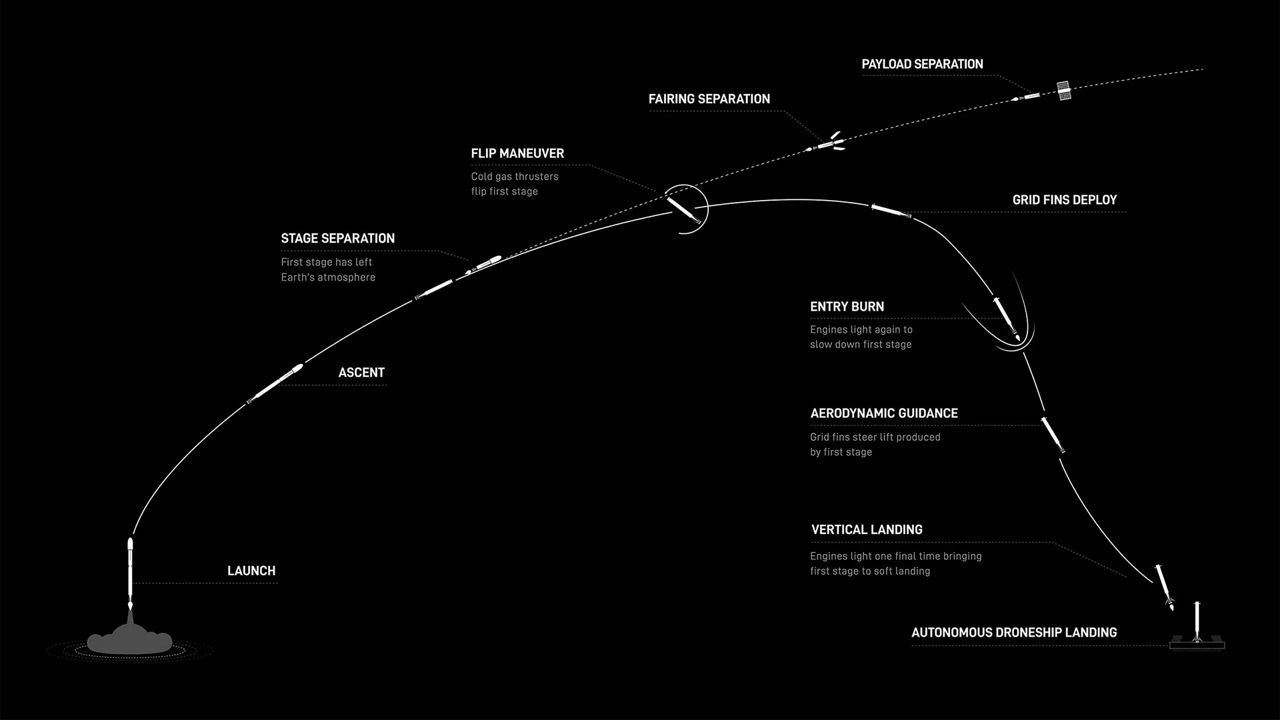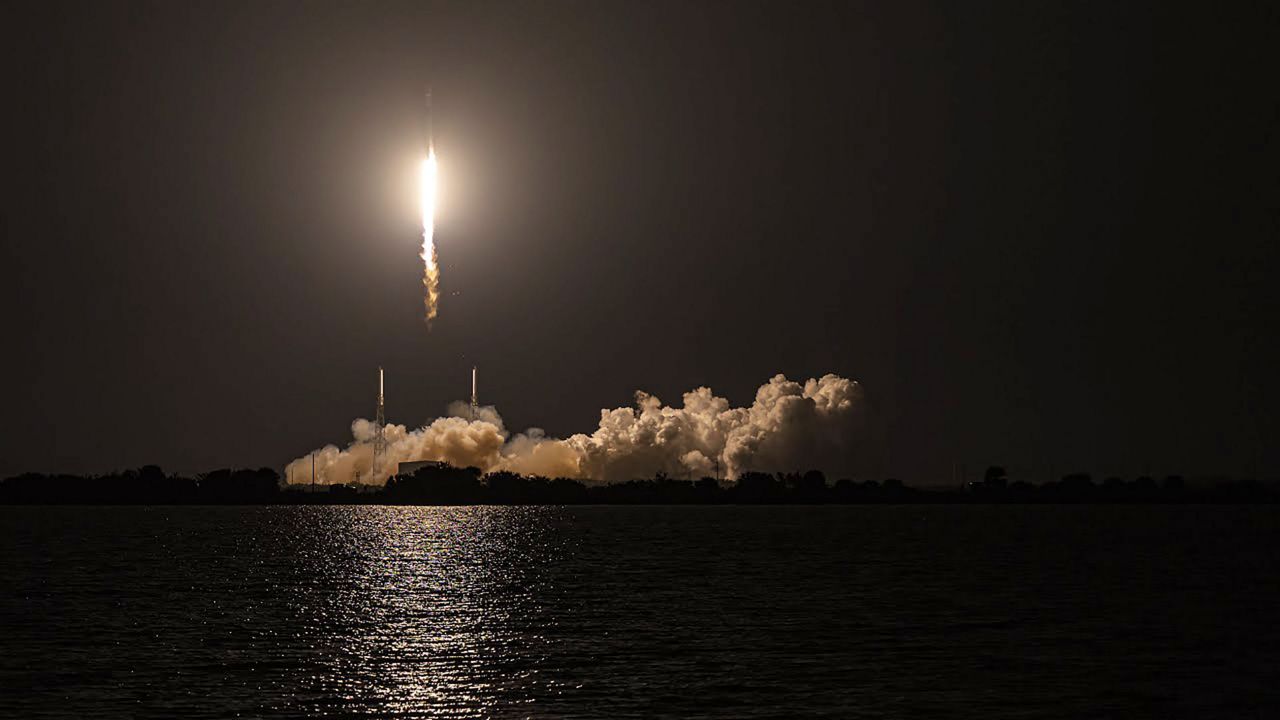CAPE CANAVERAL SPACE FORCE STATION — Those who were up late probably got to enjoy watching the SpaceX launch of a British company’s communications satellite.
What You Need To Know
- SpaceX’s Falcon 9 rocket plans to launch the Inmarsat I-6 F2 mission
- Learn about the Falcon 9 rocket’s stage separation
- 🔻Scroll down to watch the launch🔻
Liftoff! pic.twitter.com/7Dka2EmZwf
— SpaceX (@SpaceX) February 18, 2023
The 89-minute launch window opened at 10:59 p.m. EST, Friday, Feb. 17, 2023, as SpaceX’s Falcon 9 rocket sent the Inmarsat I-6 F2 mission into orbit from Space Launch Complex 40 at Cape Canaveral Space Force Station, stated the company.
The 45th Weather Squadron gave a 75% chance of good liftoff weather, with only two rules of being of concern.
“With very little upper-level support and relatively low moisture, isolated rain showers are expected along with a slight chance for some storms. Most clouds will be low level, which bodes well for launch weather constraints. The primary concerns for launch weather are the Thick Cloud Layers Rule and Cumulus Cloud Rule,” the 45th Weather Squadron stated.
If the launch was pushed back, SpaceX stated the next attempt would have been Saturday, Feb. 18, at the same time.
The first-stage booster, B1077, has only had two successful missions:
Falcon 9’s first stage booster has landed on the Just Read the Instructions droneship pic.twitter.com/kniJMZdRUu
— SpaceX (@SpaceX) February 18, 2023
After the booster separation, it landed safely on the droneship Just Read the Instructions that was in the Atlantic Ocean.

Goodbye #I6F2 👋
— Inmarsat (@InmarsatGlobal) February 16, 2023
Inmarsat & @AirbusSpace engineers said a final farewell to our 🛰️ as it was safely encapsulated inside the @SpaceX Falcon 9 rocket fairing in readiness for launch.
Watch the launch 🚀 on 17 Feb at 22:59 EST (18 Feb 03:59 UTC) here: https://t.co/oeKbhaJI2t pic.twitter.com/Cst3Y1GfmA
About the mission
London-based Inmarsat is a British satellite telecommunications company that provides telephone, mobile and data services.
The company’s I-6 F2 satellite that is being launched “represent a momentous change in the capacity and capabilities they will deliver to our multi-dimensional Inmarsat ORCHESTRA network to meet the connectivity demands of our global mobility, government and IoT customers into the 2040s and beyond,” stated Inmarsat.



